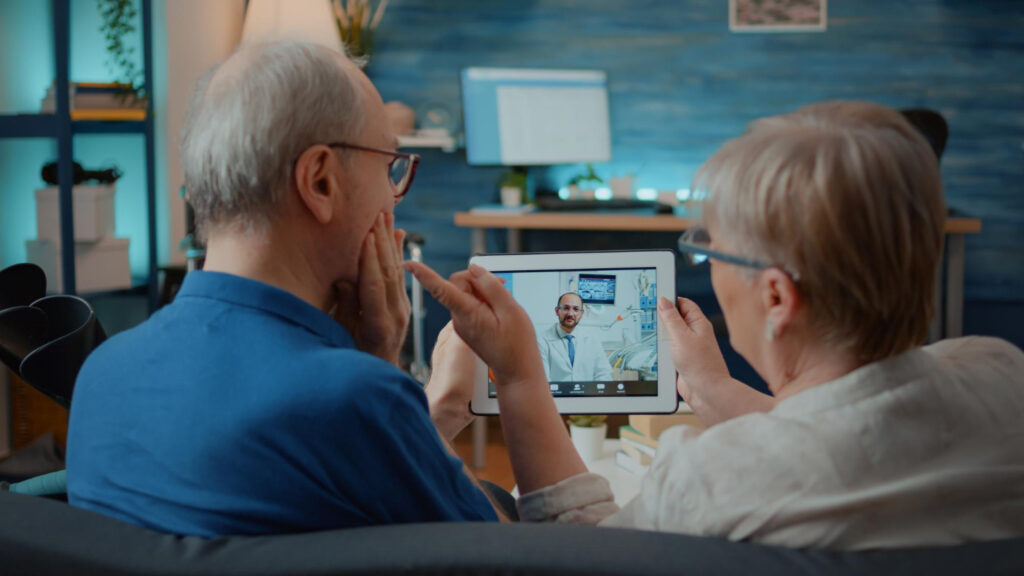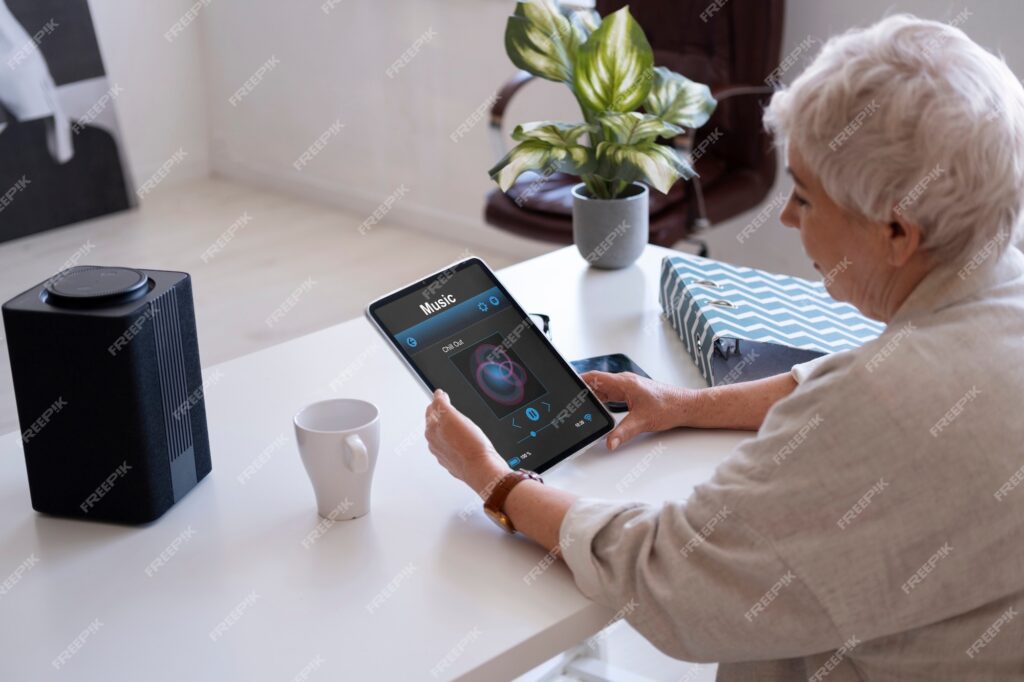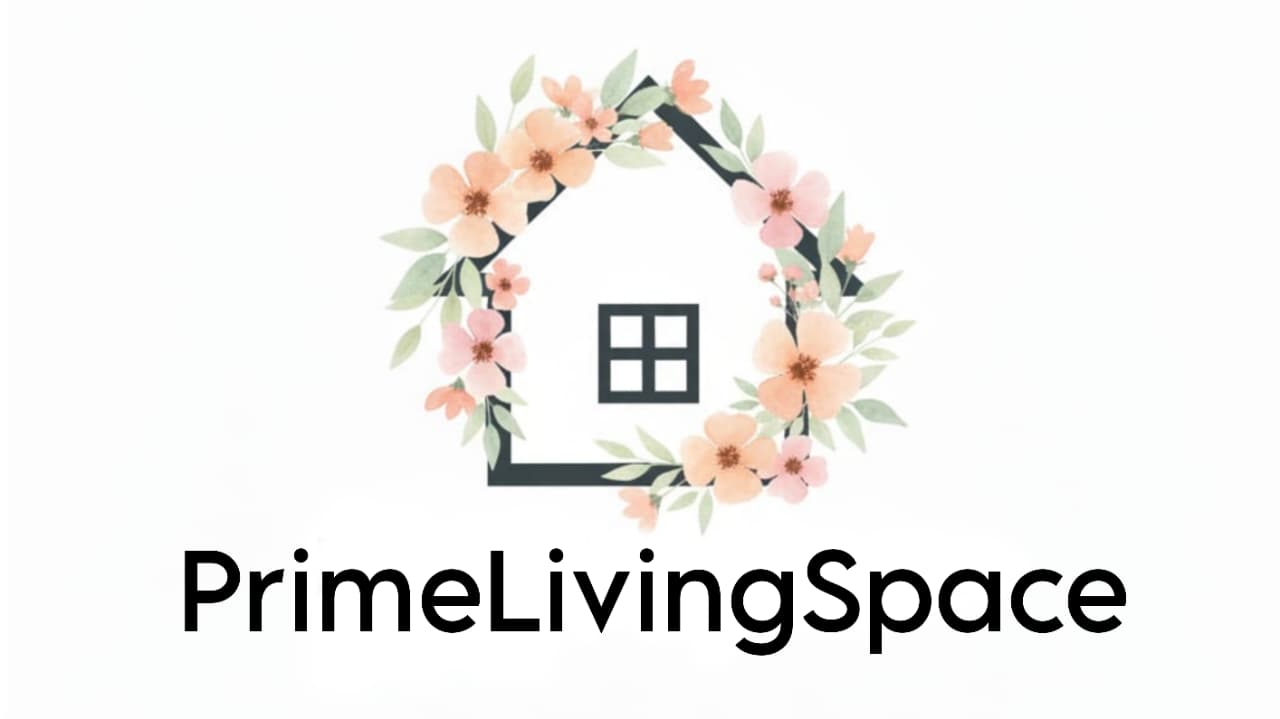
Meta Description:
How future healthcare technology is elevating at-home care in 2025 through AI, wearables, telehealth & IoT for smarter, home-based wellness.
Introduction
Would you rather spend half your day in a waiting room—or get expert medical advice while curled up on your couch with a cup of tea?
In 2025, this isn’t wishful thinking—it’s reality. Healthcare has finally come home. Whether you’re checking in from your living room or supporting your parent across the country, future-focused tools like telehealth, wearable trackers, AI assistants, and smart devices are making it easier than ever to stay healthy—without stepping outside.
The article goes into detail on how future healthcare technology is improving at-home care, making your house a smarter, safer, and more personalized place to take care of your health.
You may also like : Primerem Gave Me Confidence Again—A Story of Skin, Struggles, and Self-Love
Telemedicine in 2025: The Foundation of At-Home Care
Telemedicine: Healthcare That Comes to You
Remember when you had to miss work or school just for a five-minute doctor visit? Not anymore. Today, telemedicine is often the first step in care—and for good reason.
Video calls with your doctor are now fast, easy, and deeply connected to your medical history thanks to cloud-based Electronic Health Records (EHRs). I’ve personally used telehealth for everything from minor rashes to mental health check-ins, all from my couch. It saves time, energy, and honestly, makes the process feel more human.
And it’s not just for one-time issues—telemedicine now supports virtual urgent care, therapy, post-op follow-ups, and chronic condition check-ins. It’s especially life-changing for people in rural areas or with mobility challenges.
Here are : “Benefits of Telemedicine for Seniors”
Smarter Support with Virtual Assistants
AI helpers today can do a lot more than just say “Hey Siri.” They support you with your everyday care by gently reminding you to take your meds or asking how you’re doing. They can help you use symptom checkers, make appointments, and even be there for you when you’re feeling overwhelmed.
Think of them as your friendly health sidekick—always available, never judgmental, and surprisingly helpful.
Wearable Devices and Remote Monitoring
Smart Wearables: Your 24/7 Wellness Buddy
Smartwatches used to only track your steps. Now, it’s like having a little health advisor on your wrist. These devices are more useful than ever for things like checking your heart rate, keeping track of your sleep, and letting you know when something is wrong.
I got mine during the pandemic and was amazed how it nudged me to stand up, drink water, and even breathe during anxious moments. For people with diabetes, hypertension, or even stress-related issues, this kind of real-time feedback can be a game changer.
How Continuous Monitoring Elevates Your Care
What’s really powerful is how AI takes all that wearable data and turns it into real advice. Say your heart rate variability dips—your device might alert you before you feel sick. That gives your doctor a chance to act early and prevent a hospital visit.
It’s not just tracking anymore. It’s smart prevention.
AI, Predictive Analytics & Personalized Planning

Personalized Plans That Actually Fit Your Life
Forget generic advice. In 2025, AI tailors your care based on your health history, lifestyle, and even genetics. It might suggest changing your workout because your body’s still recovering from yesterday, or adjusting your meals based on real-time blood sugar data.
And the tech doesn’t feel cold or robotic. It’s intuitive, user-friendly, and designed to meet you where you are—even if you’re not a tech whiz.
Predictive Care That Catches Problems Early
Using millions of data points, AI now helps predict flare-ups in chronic illnesses like asthma or heart disease. It’s like having a crystal ball that warns you before symptoms show up.
This early warning system helps keep people out of the hospital and puts patients in control of their health.
IV. IoT and Smart Home Health Tech
A Home That’s Part of Your Care Team
Imagine your bed tracking how well you slept, your blood pressure cuff syncing with your doctor, and your fridge notifying a caregiver if food hasn’t been touched in days. Sounds futuristic? It’s already happening.
This connected system—called the Internet of Medical Things (IoMT)—brings together smart thermometers, fall detectors, and more, all working in the background to help keep you safe.
IoT Ecosystems That Empower Independent Living
In homes across the country, smart devices help the elderly and people with disabilities live more independently. Lights that turn on when you get out of bed. Voice assistants that check in with friendly reminders. Even motion sensors that detect if someone hasn’t moved in a while.
All of it is HIPAA-compliant, encrypted, and designed to support safety with dignity.
V. Robotics & Automation in Daily Care
Meet Your Healthcare Robot Buddy
Okay, maybe your robot won’t do your laundry, but it might help Grandma stand up, remind her to take her meds, and even tell a joke after lunch.
Devices like ElliQ or Toyota’s Human Support Robot provide mobility help and companionship. They’re especially useful for seniors living alone—and yes, they really can make life easier (and a little more fun).
Automation That Lightens the Load
From smart pill dispensers to auto-check vital monitors, automation takes the guesswork out of daily care. These tools free up time and mental energy, allowing people to focus on actually living—not just managing symptoms.
VI. Empowered Patients & Digital Engagement
Apps That Put You in Control
Want to set health goals, track progress, or get encouragement from a digital coach? There’s an app for that. Several, in fact.
I’ve used one that helps with guided breathing and sleep improvement—and honestly, it’s made a noticeable difference. These tools give you the ability to understand your body better and build healthier habits over time.
How Tech is Making Us Smarter Patients
Patient-centered tech means you’re no longer just a recipient of care—you’re an active participant. Online communities offer support. Mobile platforms provide education. And digital tools make it easier than ever to ask the right questions and follow through.
You’re in the driver’s seat now.
Challenges, Ethics & What’s Ahead
What’s Holding Us Back
Of course, not everyone can access or afford this tech—yet. Some barriers remain:
- Not everyone is tech-savvy (especially older adults)
- Internet access is still a challenge in many areas
- Privacy concerns make people hesitate
- Insurance often lags behind innovation
Building trust and accessibility is the next big goal.
Despite Challenges, The Future Is Bright
Thankfully, progress is being made. Regulations are improving, cybersecurity is tightening, and devices are being designed with inclusivity in mind.
And what’s coming next? Think smart implants, AI that understands emotions, and brain-computer interfaces. We’re just getting started.
Conclusion
How future healthcare technology is elevating at-home care in 2025 isn’t just a trend—it’s a new way of living well.
We’re moving from reactive to proactive, from hospital-centered to home-centered, and from one-size-fits-all to fully personalized care. Whether it’s a smartwatch, a virtual coach, or a friendly robot helping Mom take her meds, the future of healthcare is human, connected, and already here.
So maybe the next time your doctor “visits,” it’ll be through your phone screen—while you’re still wearing slippers.
FAQs
Q1. What technologies are shaping at-home healthcare in 2025?
Telehealth, smart wearables, AI, IoMT devices, robotics, and mobile health apps are leading the charge.
Q2. How is AI improving care at home?
AI personalizes care plans, predicts health issues, and helps coordinate treatment—so nothing falls through the cracks.
Q3. Are wearable devices reliable for medical use?
Yes! Many are FDA-approved and sync directly with your doctor’s system for accurate, real-time insights.
Q4. Is tech-based healthcare more affordable?
It often is. By cutting down on hospital visits and emergencies, tech helps save time, money, and stress.
Q5. Is my health data safe with these tools?
Most devices use encryption and comply with HIPAA standards—but it’s still smart to stick with trusted providers and read privacy policies.




[…] accessible and effective for families seeking early intervention support. This article explores how future healthcare technology is elevating the quality of at-home care in 2025 and […]